Morning vs Night Routine for Oily Skin, What Actually Matters
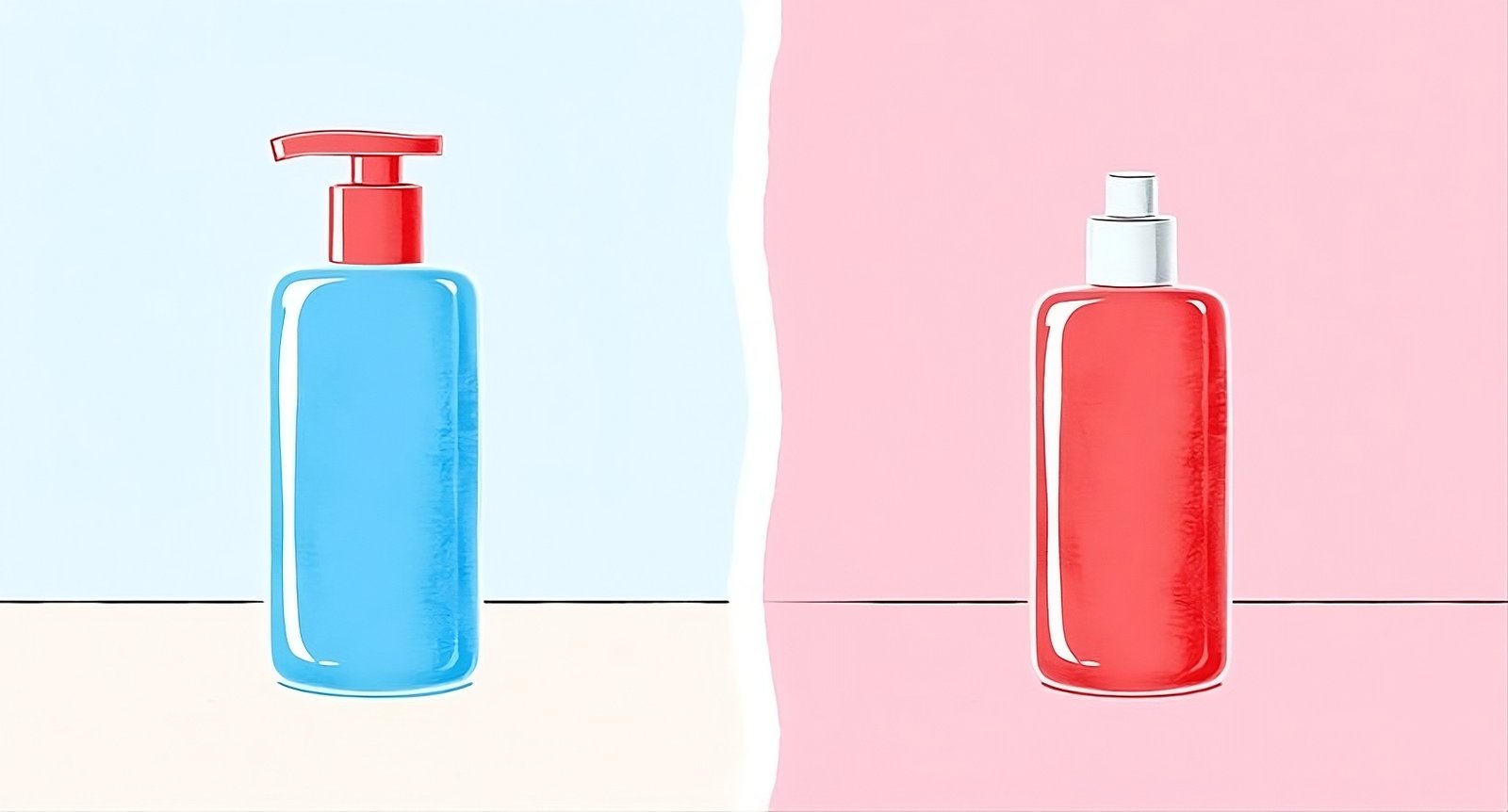
You wash, you blot, you pray to the shine gods, and somehow your nose still glows by noon. If that sounds familiar, you are not alone. Oily skin is a full time character, and it behaves differently at 8 a.m. than it does at 8 p.m. The trick is not more products, the trick is giving mornings and nights different jobs. When you match your steps to the time of day, you calm sebum without angering your barrier, you keep makeup on longer, and you deal with breakouts before they deal with you. This guide keeps things simple, human, and real, so you can build a routine you actually follow.
Oily Skin 101
Oily skin is not dirty skin. Your glands make sebum for a reason. Sebum protects the surface and slows water loss. Oily skin just makes more of it, often in the T zone, sometimes all over. The trouble starts when extra oil mixes with sunscreen, makeup, sweat, and dead skin cells, then sits inside pores. That mix can turn into blackheads, whiteheads, long lasting bumps, and those surprise inflamed spots that show up on a busy day.
The fix is balance, not punishment. If you strip hard with harsh cleansers, the top layer gets dry and tight, then your glands push more oil to protect the surface. That rebound shine is real. If you flood with heavy creams in the morning, makeup slides. If you run strong treatments too often at night, your barrier complains and you break out more. A good routine removes what you do not need and keeps what your skin needs to stay calm.
Morning And Night Have Different Jobs
Morning is about control and protection. You want a clean start that does not dehydrate you, a thin layer of water based hydration, a light seal that dries down, then a sunscreen that behaves under makeup. You set the stage for fewer blotting moments and less mid day slip.
Night is about removal and repair. You take off the day, open space for proven actives, and rebuild the barrier so tomorrow’s oil is steadier. When nights are smart, mornings are easy. When mornings are steady, nights do not have to work as hard. Think of them as a tag team, not twins.
Morning Cleanse
Some people wake up with a film of oil. Others do not. If your skin feels greasy, cleanse with a gentle gel for about a minute. Choose a formula that says pH balanced or gentle and that rinses without a tight after feel. Use lukewarm water. Hot water melts lipids you want to keep. If your skin feels fine when you wake up, a quick rinse can be enough. The test is simple. Ten minutes after cleansing, your face should not feel tight. Tight means you took too much and your skin will answer with more oil by lunch.
Keep tools soft and moves light. No rough cloths in the morning. No long scrubbing. Your cleanser is a reset, not a punishment. If you train first thing, cleanse after your workout, not twice.
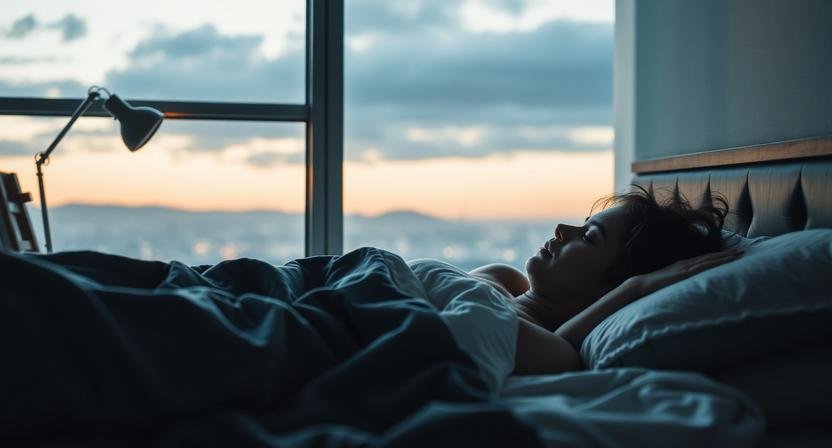
Morning Hydration And Moisturizer
Oily and dehydrated can happen at the same time. Dehydrated means not enough water in the top layers. When skin lacks water, makeup cracks, and your glands often push more sebum to fake comfort. Give your face water first, then a thin seal.
Press in a light hydrating step, such as a watery serum with glycerin, panthenol, or aloe. Let it settle for a few breaths. Then use a gel cream that dries to the touch. Aim for “soft, not slick.” If your cheeks feel tight but your nose floods, apply a little more on the cheeks and a little less in the center. This simple split keeps the whole face even without two different moisturizers.
A good morning moisturizer for oily skin will say non comedogenic or oil free and will include barrier helpers like ceramides or squalane. Those ingredients refill the “mortar” between skin cells, so your surface stays calm and you do not need emergency oil later.
Morning Treatments That Play Nice
Morning actives must behave under sunscreen and makeup. They should not sting all day or leave a sticky film. Niacinamide is a great choice. It supports the barrier and can reduce the look of excess oil over time. A very light salicylic acid rinse works for some, but keep the contact short and skip extra acids right after.
If you love vitamin C for brightness, pick a formula you already know your skin tolerates. Keep other steps thin on vitamin C mornings, since too many layers can pill. Your best sign that a morning active works is simple, your base looks smoother and you do not feel tight.
Sunscreen And Makeup Prep
Sunscreen is non negotiable for oily skin. Sun deepens post acne marks and can stress a fragile barrier. Choose a light fluid or gel that dries down clean. Apply enough for full coverage in a thin even coat. Give it a full minute to set before makeup. If your sunscreen and foundation fight, match textures. Water based sunscreen under water based foundation. Silicone heavy sunscreen under silicone rich foundation. If they still pill, place a whisper thin buffer of your gel cream between them.
For makeup prep, less is more. Use a pea size of mattifying primer only where you shine most, usually between the brows, along the sides of the nose, and on the chin. Apply foundation in thin passes and press it in with a damp sponge or a soft brush. Pressing fuses layers. Rubbing lifts them. Set the center with a veil of loose powder, then stop. Powder on the edges of the face often looks flat and makes skin look older than it is.
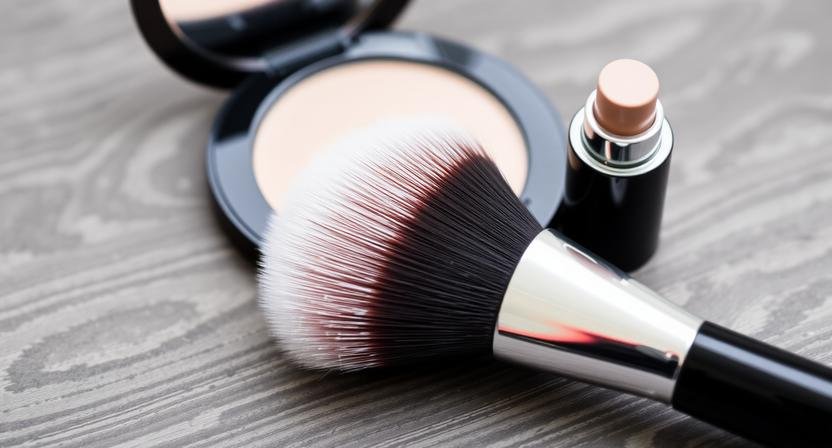
Night Cleanse That Removes Everything
Night is when you remove sunscreen, makeup, city air, and sweat. If you wear long wear products, double cleanse. First, a small amount of cleansing oil or balm to dissolve sunscreen and base without friction. Second, your gentle gel to rinse clean. Oil dissolves oil, that is chemistry, not a trap. Done well, you get a fresh start without a squeak.
If you do not wear makeup, you can still benefit from a short first cleanse when sunscreen is water resistant. The result is less scrubbing and fewer red patches. Pat dry with a soft towel. Your skin is not a dish, so no hard wiping.
Night Treatments That Actually Help
Night is where heavy lifters shine. Retinoids help prevent new clogs by speeding cell turnover and normalizing how cells shed. Start with a grain of rice amount for the whole face, every third night for two weeks. If your skin stays calm, increase to every other night. Daily is not required to see results.
Salicylic acid gets inside oily pores and loosens buildup. Use it as a leave on serum two or three nights a week on the nights you are not using your retinoid. Benzoyl peroxide targets acne bacteria and helps inflamed spots calm faster. Use a thin layer on breakout zones or dab as a spot treatment. You do not need retinoid, salicylic acid, and benzoyl peroxide on the same night. Rotate. Calm skin clears faster than angry skin.
If you are new to actives or you felt sting before, try the sandwich method. A thin layer of moisturizer, then the active, then another thin layer of moisturizer. This slows the rate the ingredient moves into the skin and buys you comfort without killing results.
Night Moisture And Barrier Support
A good night moisturizer for oily skin is not heavy, it is smart. You want light emollients plus barrier lipids so the surface stays flexible. Look for gel creams or light lotions with ceramides, cholesterol, and squalane. If your cheeks peel from actives, add a touch more there and keep the center light. If your face feels tender, run two moisturizer layers the night after a strong treatment and skip extra actives. Rest nights are not lazy. Rest nights keep you on track.
When the barrier stays calm, you see fewer surprise breakouts, less redness, and far less mid day shine. A steady barrier is your best oil control tool.
Exfoliation Without Overdoing It
Oily skin loves smooth pores, but too much exfoliation makes a tight, glassy surface that rebounds to more oil. Pick a lane. If you already use salicylic acid leave ons, skip weekly strong peels for now. If you enjoy a mild lactic or mandelic acid once a week, then skip daily salicylic products and keep your retinoid schedule slow.
Your sign to back off is clear. You look shiny yet feel tight. You see flakes around the nostrils and mouth. Products start to sting that never used to sting. That is not progress, that is barrier stress. Reduce frequency, increase moisturizer in the dry zones, and bring rest nights back.
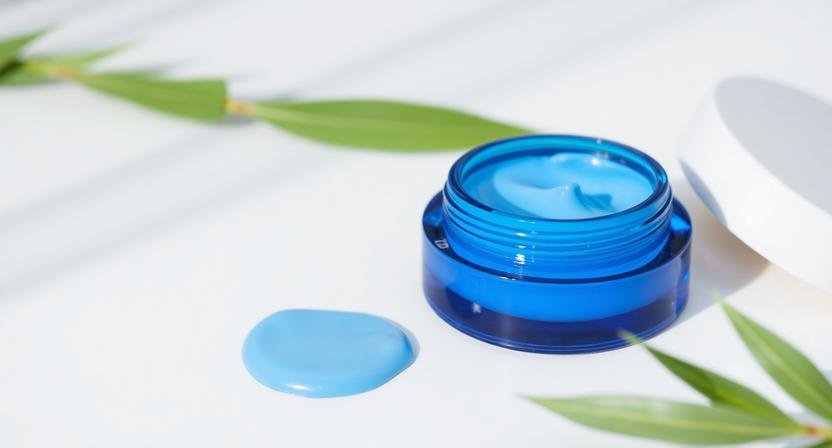
Midday And Workout Strategy
You do not need a sink at lunch. Blot papers remove oil without moving your base. Hold for a few seconds, then lift. If you prefer powder, press a tiny amount with a puff after blotting, not before. If you love a setting spray, mist only after you blot or you laminate oil into place and the shine returns in minutes.
After a workout, cleanse once with your gentle gel, then apply a small amount of gel cream. If you cannot wash, a no residue micellar water on a cotton pad works in a pinch, then a dab of moisturizer. Swap out sweaty clothes and wipe your phone and headphones. Sweat by itself is not the enemy. Sweat plus friction is.
Climate And Season Tweaks
Heat and humidity raise oil flow. In summer, keep moisturizer lighter, spot prime only where you need grip, and set the center a touch more. Long walks or outdoor work call for fluid sunscreens that dry fast. Reapply with a powder sunscreen or a fine mist that suits your base.
Cold, dry air pulls water from your skin all day. In winter, increase hydration and a touch of cushion under sunscreen. Reduce all over powder and use thin even layers. Air conditioned offices dry you slowly over hours. A gel cream with ceramides keeps you steadier than a bare humectant gel. Travel changes everything. Pack blot papers and a small hydrating step. One minute of smart care beats a full makeup redo.
Two Week Transition Plan
If your current routine swings between tight at 9 a.m. and slick at noon, use this gentle reset. It calms the loop fast.
Days 1 to 3
Night, double cleanse if you wear sunscreen or makeup, then use a gel cream only, no actives. Morning, gentle cleanse or rinse, hydrating serum, gel cream, fluid sunscreen. Blot midday, no powders if you do not need them.
Days 4 to 7
Add salicylic acid at night every third night. Keep the other nights barrier focused. Mornings remain the same. Map where you shine and where you feel tight. Adjust moisturizer amounts by zone.
Days 8 to 14
Introduce a retinoid at night on two non consecutive nights, using the moisturizer sandwich. Keep salicylic acid on two other nights. The rest are rest nights. Keep mornings steady. You should see fewer flakes, steadier oil, and fewer new bumps. If irritation shows up, pause actives for three nights, keep moisturizer and sunscreen, then restart at the earlier step.
This small plan creates rhythm. Rhythm is what oily skin loves.
Common Mistakes To Skip
- Do not chase the squeak. Harsh cleansers create rebound oil.
- Do not stack three actives in one night because your calendar is busy. That invites irritation.
- Do not skip moisturizer. Balanced water and a light seal keep oil steadier.
- Do not spray setting mist over visible oil. Blot first.
- Do not expect a setting spray to fix a sunscreen and foundation that hate each other. Match textures or use a tiny buffer layer.
Sample Morning Routine
Cleanse lightly or rinse, depending on how you wake up. Pat dry. Apply a hydrating serum with glycerin or aloe. Smooth on a gel cream, a little less in the T zone, a little more on the cheeks. Layer a fluid sunscreen and give it a minute. If you need extra control, press a pea of mattifying primer only in the center. Apply foundation in thin layers and press to blend. Set the center with a whisper of powder. Pack blot papers and move on with your day.
This takes a few minutes, not an hour. Consistency does the heavy lifting here, not complexity.
Sample Night Routine
Remove the day with a small amount of cleansing oil or balm. Follow with your gentle gel cleanser. On retinoid nights, use the moisturizer sandwich and apply a grain of rice amount of retinoid. On other nights, use a salicylic acid leave on, or run a full rest night with only your gel cream. If you have a red, inflamed spot, dab benzoyl peroxide only on that area, not all over. Sleep, then repeat.
You do not need to feel a tingle for a product to work. You do not need to peel to make progress. Calm and steady beats loud and fast for oily skin every single time.
Small Lifestyle Levers That Help
Sleep helps your skin regulate oil better. Hydration helps your barrier hold water so you do not fake comfort with more sebum. A diet high in very sugary drinks can make acne worse for some people, so reduce those if you notice a pattern. None of these are magic, but they shift the baseline so your routine works with less push.
Clean your brushes and sponges often. They touch your face more than any serum. Swap pillowcases regularly. Wipe your phone. These tiny habits are boring, and boring is powerful.
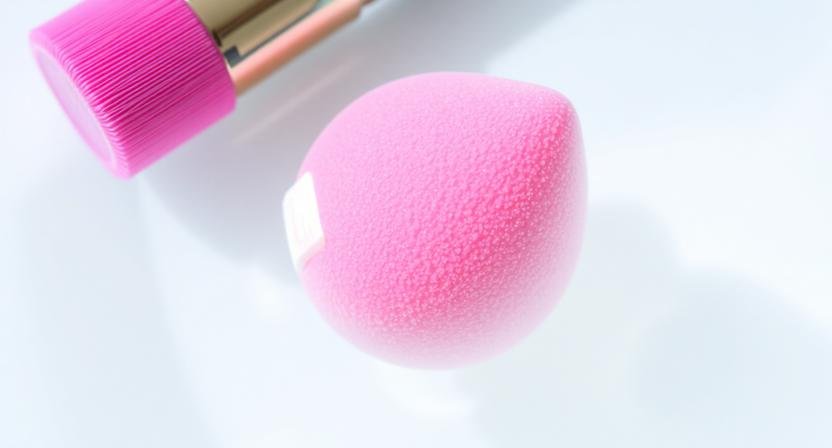
What Actually Matters
Morning routine for oily skin matters because it sets the day. A gentle cleanse, water plus a light seal, a sunscreen that dries down, and a bit of targeted control will out perform any long list of trendy steps. Night routine matters because repair happens when you rest. Get the day off your face, use a proven active with patience, and keep the barrier comfortable.
If you remember one line, remember this. Clean without stripping, hydrate without flooding, treat with intention at night, and protect every morning. When you work with oil instead of fighting it, shine slows down, makeup lasts longer, and breakouts are less dramatic. That is the point of a routine, not perfection, but peace, the kind where your skin stops yelling for attention and lets you get on with your day.